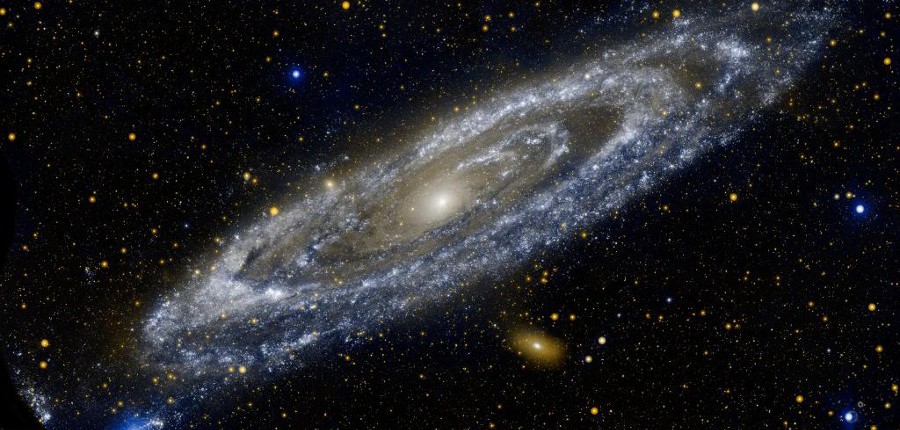19Jun22 The following was posted as a comment to this Medium post by Eric Siegel. It has been slightly edited.
This is a good overview of the illogical mathematicism at the root of the inane Big Bang model. The Friedmann equation is indeed the headwaters of all the nonsense that currently engulfs and overwhelms any possibility of a meaningful scientific account of the Cosmos.
The Friedmann equation rests not only on the two simplifying assumptions of mathematical convenience, isotropy and homogeneity, the author cites. There was also an unstated but implicit assumption that the Cosmos could be treated as a unified, coherent, simultaneous entity, a Universe.
Further it was assumed that the field equations of General Relativity, derived in the context of the solar system, could be stretched to encompass this imaginary Universe. The results speak for themselves.
The standard model of cosmology is an incoherent, unscientific mess. It claims that once upon a time 13.8 billion years ago the entirety of the Cosmos was compressed into a volume smaller than a gnat’s ass that began expanding for an inexplicable reason, then accelerated greatly due to the fortuitous intervention of an invisible inflaton field, which set invisible spacetime expanding at just the right rate to arrive at the current state of the Universe, which we are told is 95% composed of some invisible matter and energy that has no other purpose than to make the model agree with observations; the remaining 5% of this Universe is the stuff we actually observe.
To be clear, all of the entities and events the standard model describes are not part of the Cosmos we actually observe except for that rather trivial 5% of the BB Universe. That 5% of the model is the Cosmos we observe.
Science is the study of those things that can be observed and measured. At some point in the mid 20th century theoretical physicists adopted the conceit that science was the study of mathematical models. This categorical error was compounded by treating scientific hypotheses such as “universal expansion” as axioms (true by definition). In science, all truths are provisional; nothing can be held true by definition.
Axioms belong to the mathematical domain. Math is not science and the mathematicist belief that math underlies and determines the nature of physical reality has no scientific basis. That the Cosmos is a unified, coherent and simultaneously existing entity can only be true if the Cosmos had a miraculous simultaneous origin – the Big Bang,
The problem with miracles is that they are not scientific in nature; they cannot be studied only believed in. Believing in the Big Bang and weaving a fantastical account of an imaginary Universe is a mathematical/metaphysical endeavor that has nothing to do with science or physical reality.
Imaginary Universe? That’s right, the Universe of the Big Bang has no basis in any known physics. In the physics we know, there is a finite, maximum limit to the speed of electromagnetic radiation – 3×10^8 meters per second (186,000 miles per hour). It is via electromagnetic radiation that we observe the Cosmos.
The galaxy nearest to our own is Andromeda; it is detectable by the unaided eye as a fuzzy patch in the night sky. Andromeda is @ 2.5 million light years from Earth. Everything we know about Andromeda is 2.5 million years out of date, of its current state we do not have and cannot have any direct knowledge.
At the far extent of our observational range we observe galaxies that are @10 billion light years away. We do not have and cannot have any knowledge of the current state of any of those galaxies. The same argument holds for all the other galaxies we observe.
Galaxies are the primary constituents of the Cosmos we observe. It follows, therefore, that we do not and cannot have knowledge of the Cosmos’ current state. The very idea of the Cosmos having a current state is scientifically meaningless. Mathematicists believe otherwise:
“If you want to understand the Universe, cosmologically, you just can’t do it without the Friedmann equation. With it, the cosmos is yours.“
See that’s all you need, a simple mathematical model derived 100 years ago by “solving” the field equations of General Relativity (which does not have a universal frame) for a simplistic toy model of the Cosmos (that does have a universal frame). Suddenly you can know everything about everything, even things you can’t possibly observe or measure. That’s mathematicism hard at work creating an imaginary Universe for mathematicists to believe in. The standard model of cosmology has no scientific basis; it is a nerd fantasy and it is scientifically useless.
